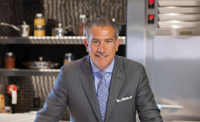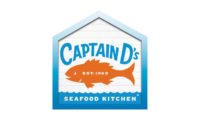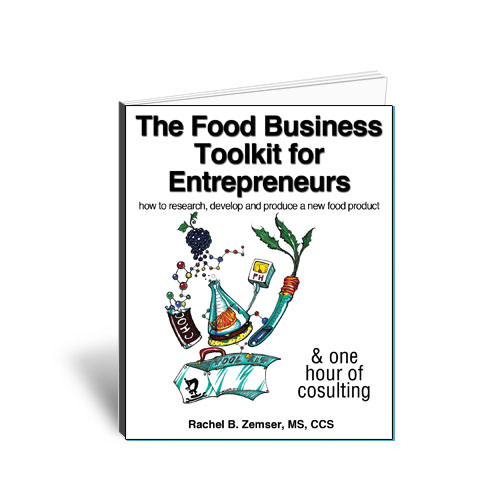Exclusive Q&A: Jason Henderson, Captain D’s
A restaurant product developer’s perspective

Jason Henderson, Vice President-Product Innovation, Captain D’s

Captain D’s Blackened Tilapia & Shrimp Skewers


Editor’s note: Prepared Foods talks with Jason Henderson, vice president-product innovation at Captain D’s, a Nashville, Tenn.-based seafood restaurant chain with more than 500 units nationwide.
Prepared Foods: How do you approach menu development?
Jason Henderson: Sure. We begin with an open-source approach to ideation; that is, we accept ideas from anyone familiar with our brand. We also look high and low—from fine dining to food trucks and fairgrounds—for great ideas and inspiration. If you throw in the professional association meetings and industry food shows my team attends, you come up with a very robust “bucket” of ideas.
We then have a very specific and rigorous process by which these ideas are filtered and refined. This process consists of several major tests or hurdles for the idea-turned-prototype item. Most of these are a result of feedback from our guests giving us guidance things such as the strength of the idea, price sensitivity, and how well we meet taste expectations of the item. Combine this approach with a gold-standard market test and you not only get a robust pipeline of items, but items that are vetted and destined to do well for our brand.
PF: One of your latest new offerings has been a line of grilled, 500-calorie items. What can you tell us about those products?
Henderson: These are seafood items from our grill, such as wild Alaskan salmon, Tilapia and shrimp skewers. We complete the meal with rice and two sides for a full meal experience that fits a calorie-conscious lifestyle.
We rolled the D-lites menu earlier this year and continue to improve our offering. We are currently working on some items that will be unique to that menu; created specifically to satisfy while maintaining the 500-calorie limit.
PF: What was the biggest challenge in developing that line?
Henderson: I believe the challenge continues to be creating under 500-calorie meals that are not simply “taking away” [flavorful ingredients]. Guests are savvy to the price-value equation and quickly notice these types of calorie-reduction techniques. We search for ways to add value while maintaining the caloric limits.
PF: What’s been Captain D’s experience with IFMA’s Operator/Manufacturer Collaboration Model?
Henderson: I have been on the advisory board through the creation of the OCM. I believe it is a great tool for partnering with suppliers and provides a way of communicating with them more quickly and efficiently about the status of our partnership.
PF: How can manufacturer-suppliers better partner with Captain D’s? What advice do you have?
Henderson: I love the continuing trend of “in-house” culinary team members in our supplier community. If not working directly for the companies that call on us, they are culinary resources that are effectively on retainer and know the capabilities and product offerings well.
In a time when multi-unit foodservice operators are keeping teams lean—yet trying to maximize their innovative bench strength—these types of resources are invaluable. There is, however, a need for upfront education and relationship building for these culinary resources to be really effective in their ideation.
I believe an emphasis on maintaining consistency in these resources (so efforts are not wasted) and ensuring they have a good knowledge base of multi-unit, new product development processes is a great way to bring value to the menu development customer.
Looking for a reprint of this article?
From high-res PDFs to custom plaques, order your copy today!








